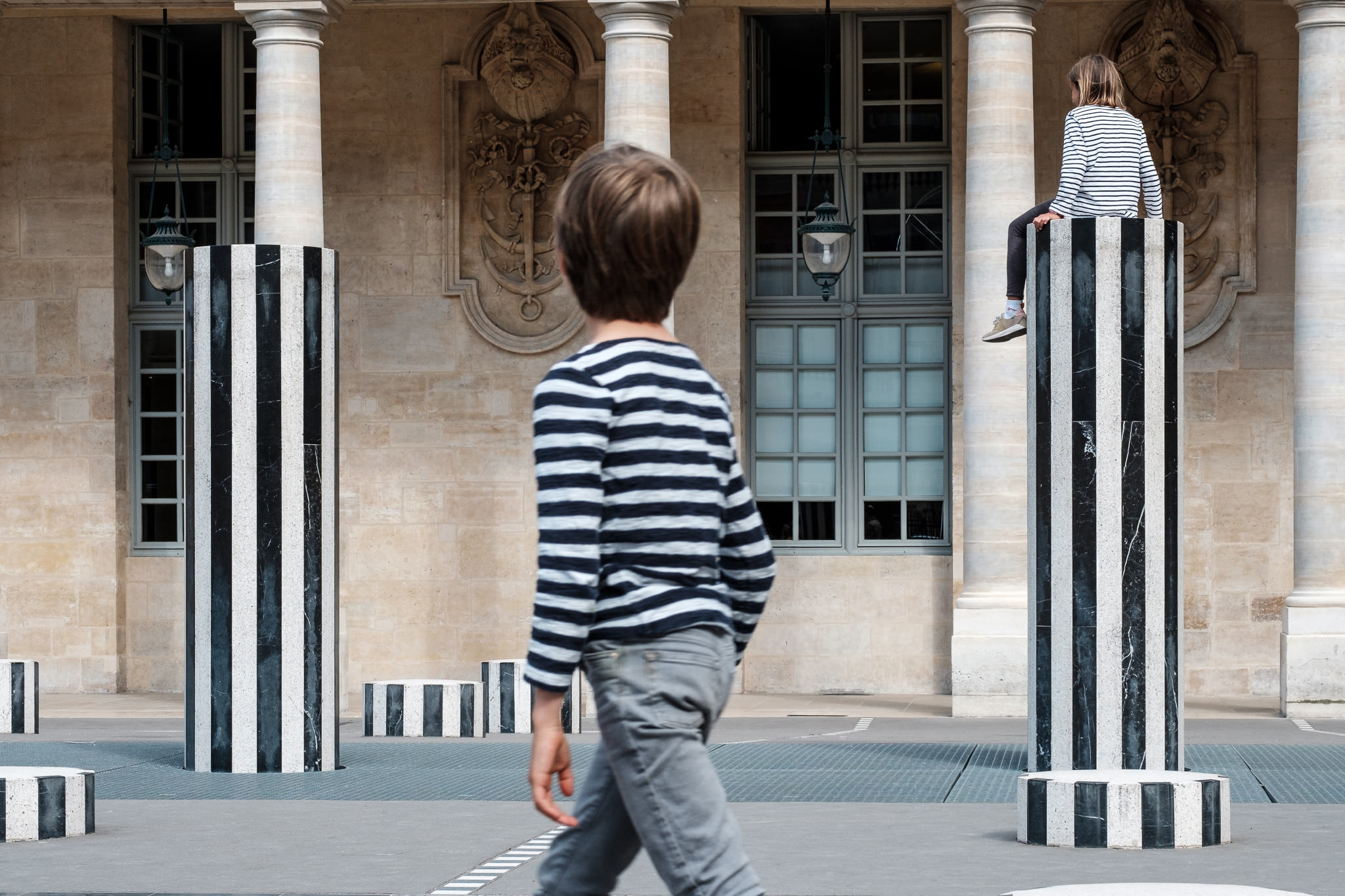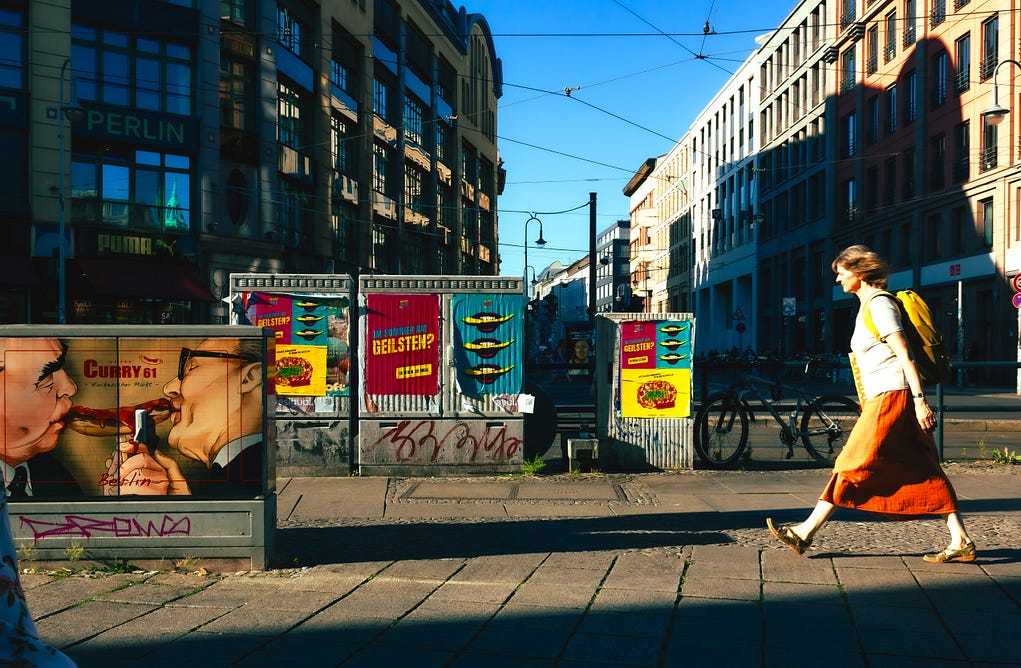Getting The Street Photographers To Work
Getting The Street Photographers To Work
Blog Article
Street Photographers - An Overview
Table of ContentsStreet Photographers Things To Know Before You Get ThisOur Street Photographers IdeasThe Ultimate Guide To Street PhotographersThe Buzz on Street PhotographersThe Definitive Guide for Street Photographers
, a genre of photography that records day-to-day life in a public location. The actual publicness of the setup allows the digital photographer to take candid photos of unfamiliar people, typically without their understanding. Road digital photographers do not necessarily have a social objective in mind, but they prefer to separate and capture moments which could otherwise go undetected.He was affected by many of those that affected the road professional photographers of the 1950s and '60s, he was not primarily interested in capturing the spirit of the street., who functioned side by side with professional photographers attempting to capture the essence of city life.
Because of the comparatively primitive technology available to him and the long direct exposure time required, he had a hard time to catch the pressure of the Paris roads. He explore a series of photographic techniques, trying to discover one that would certainly enable him to record movement without a blur, and he discovered some success with the calotype, patented in 1841 by William Henry Fox Talbot. In contrast to Atget, digital photographer Charles Marville was worked with by the city of Paris to develop an encyclopaedic document of Haussmann's metropolitan preparation project as it unravelled, thus old and new Paris. While the professional photographers' subject was essentially the very same, the results were markedly various, showing the influence of the digital photographer's bent on the personality of the pictures he produced.
The Ultimate Guide To Street Photographers
Provided the great high quality of his photographs and the breadth of material, designers and artists usually purchased Atget's prints to use as referral for their own job, though business rate of interests were hardly his main inspiration. Instead, he was driven to picture every last residue of the Paris he loved. The mingled enthusiasm and urgency of his objective luster through, causing photos that tell his very own experience of the city, qualities that prepared for street digital photography of the 20th century.

Unlike his peers, Brassa used a larger-format Voigtlnder electronic camera with a longer exposure time, compeling him to be a lot more calculated and thoughtful in his method than he might have been if using a Leica.

Street Photographers for Beginners
It is as a result of this essential understanding of the art of image taking that he is frequently attributed with rediscovering the medium around once more roughly a century given that its invention. He took photographs for greater than a half century and affected Continue generations of digital photographers to trust their eye and intuition in the moment.
These are the questions I will attempt to answer: And afterwards I'll leave you with my own interpretation of street photography. Yes, we do. Let's kick off with specifying what a definition is: According to it is: "The act of specifying, or of making something definite, distinct, or clear".
No, certainly not. The term is both restricting and misleading. Seems like a road digital photography ought to be photos have a peek here of a streets right?! And all road professional photographers, with the exception of a handful of absolute beginners, will completely appreciate that a road is not the key element to road digital photography, and actually if it's an image of a road with perhaps a few uninteresting individuals not doing anything of passion, that's not street digital photography that's a snapshot of a road.
Street Photographers for Beginners
He makes a valid factor don't you assume? While I concur with him I'm not sure "candid public digital photography" will capture on (although I do kind of like the term "candid digital photography") because "road digital photography" has been around for a lengthy time, with several masters' names affixed to it, so I believe the term is here to remain. Street Photographers.
You can shoot at the coastline, at a celebration, in a street, in a park, in a piazza, in a coffee shop, at a museum or art gallery, in a metro terminal, at an event, on a bridge, under a bridge ...
Street Photographers Things To Know Before You Buy
Yes, I'm afraid we scared no choice! Without rules we can not have an interpretation, and without a definition we don't have a category, and my sources without a genre we do not have anything to define what we do, and so we are stuck in a "guidelines interpretation genre" loophole! - Street Photographers

Report this page